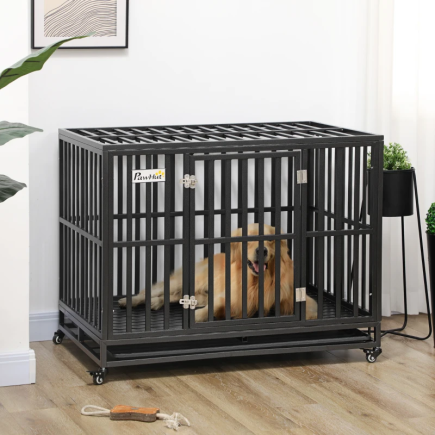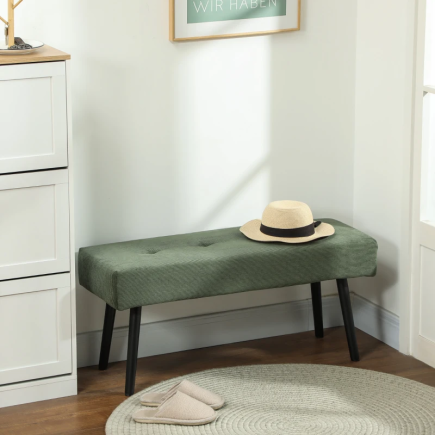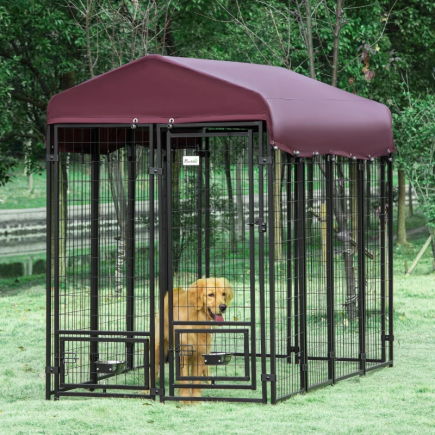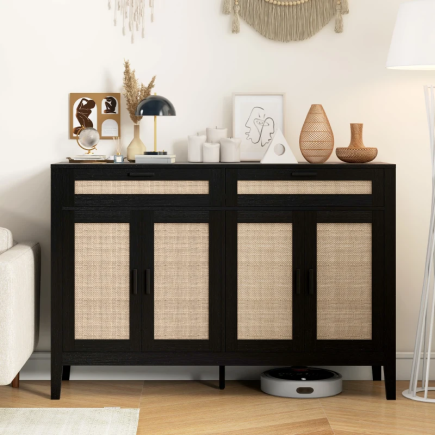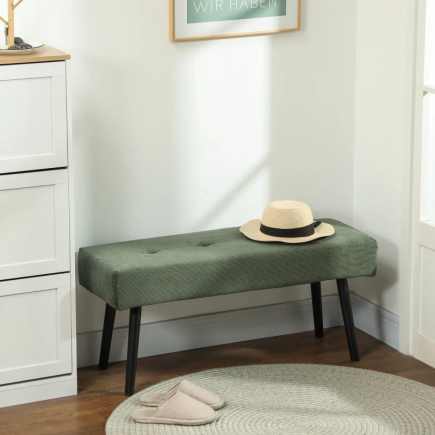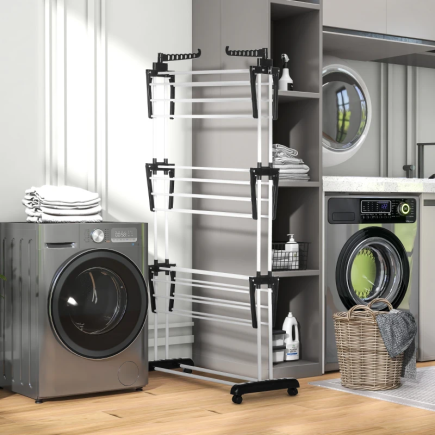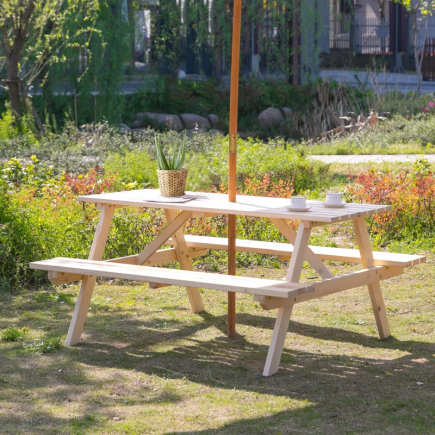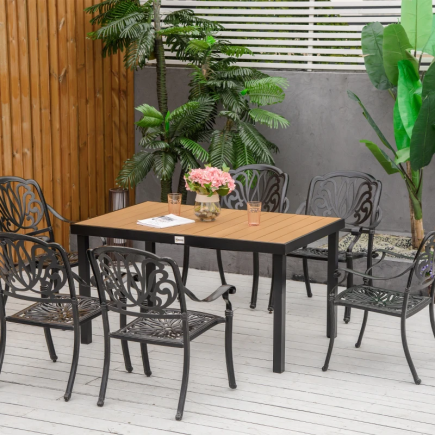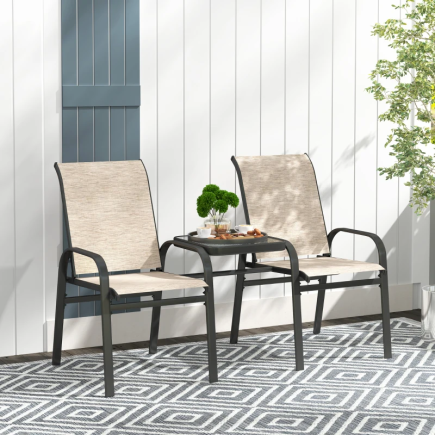
Choosing between a TV stand and a wall mount is one of the most significant decisions you’ll make when setting up your TV. This decision not only affects how you use your space but also impacts the room’s overall aesthetic. Let’s break down the details of each option, keeping things practical, informative, and easy for you to understand.
1. TV Stand vs Wall Mount
TV Stand: The Basics
A TV stand is a piece of furniture that supports your television and provides additional space for storing your media devices, gaming consoles, DVDs, and even decorative items. TV stands come in various designs and materials, from classic wooden pieces to sleek, modern styles..
Wall Mount: The Basics
A wall mount is a bracket that attaches your TV directly to the wall, providing a clean, modern, and minimalistic look. This option saves floor space and can also make the room feel larger by eliminating bulky furniture.
2. Space and Layout: Which Option Fits Your Room?

For Small Rooms
If you’re working with limited space, a wall mount is a great choice. It frees up valuable floor area, making the room appear larger and more open. This is ideal for apartments, small living rooms, or rooms where you need to maximize every inch of space.
Tip: In very small rooms, opt for a full-motion mount that allows you to swivel the TV. This flexibility lets you adjust the screen’s direction as needed.
For Medium to Large Rooms
If you have more space to work with, a TV stand offers greater flexibility. It can be moved around to fit different room layouts, giving you more freedom in how you arrange your furniture. TV stands are also ideal for larger rooms where you might need additional storage for entertainment devices.
Tip: For larger spaces, consider a low-profile TV stand to keep the room feeling balanced without overwhelming the space.
3. Storage: Where Do You Keep Your Gear?

TV Stand Storage
A major benefit of TV stands is the ample storage they provide. These stands often come with shelves, cabinets, or drawers that are perfect for organizing gaming consoles, Blu-ray players, remotes, DVDs, or decorative items. They also make it easy to manage your cables, keeping your living space clutter-free.
Tip: If you need even more storage, look for a stand with adjustable shelves that can be customized to fit your equipment.
Wall Mount Storage
Wall mounts don’t provide any built-in storage. If you opt for a wall mount, you’ll need to invest in additional storage solutions, like a media console, floating shelves, or a dedicated storage unit for your devices.
Tip: Use floating shelves beneath a wall-mounted TV to keep consoles and remotes organized while maintaining a sleek, uncluttered look.
4. Aesthetic and Design: Making the Right Statement

TV Stand Design
A TV stand can serve as a functional centerpiece in your living room. With a variety of designs available, from contemporary minimalist to classic wooden styles, the right stand can complement your room’s decor and elevate its overall aesthetic. It also offers the advantage of adding texture and personality to your space.
Tip: Opt for a vintage or industrial TV stand to create a stylish focal point in your living room, adding both functionality and character.
Wall Mount Design
A wall mount provides a sleek, minimalist aesthetic. By mounting your TV on the wall, you create a clean and contemporary look. This is perfect for anyone looking to create a modern or industrial vibe. Wall mounts blend seamlessly into the room, giving the space a more open and airy feel.
Tip: Pair your wall-mounted TV with a bold accent wall or LED lighting for a striking visual effect that highlights the TV and adds depth to the room.
5. Viewing Experience: What’s More Comfortable?

TV Stand Viewing
The viewing angle on a TV stand is typically fixed, meaning you can’t adjust the height or angle for optimal viewing unless you physically move the stand. This can lead to discomfort, especially during long movie marathons or when viewing from various seating positions.
Tip: Ensure the height of your TV on the stand is set at eye level for the most comfortable viewing experience.
Wall Mount Viewing
With a wall mount, you can customize the TV’s height and tilt for the best viewing angle, allowing you to position it at eye level for more comfortable watching. This is especially useful in rooms with flexible seating arrangements or if you want to mount the TV above a fireplace.
Tip: Choose a tilting or full-motion mount for the ability to adjust the angle and reduce glare, especially in rooms with variable lighting.
6. Installation: How Much Effort Is Involved?

TV Stand Installation
Setting up a TV stand is quick and easy, typically involving simple assembly and no wall drilling. This makes it ideal for renters or those who want a hassle-free installation.
Tip: If you’re not handy with tools, look for no-tools assembly stands, which require minimal effort to set up.
Wall Mount Installation
Installing a wall mount is more involved. You’ll need to drill holes into your wall, find the studs, and ensure the TV is securely fastened. The installation process can be time-consuming, and for large or heavy TVs, you may need professional assistance.
Tip: If you’re unsure about drilling or leveling, consider hiring a professional installer to ensure the mount is securely and properly placed.
7. Safety: Which Option Is More Secure?

TV Stand Safety
TV stands are generally stable, but there’s a risk of the TV being knocked over, especially in households with young children or pets.
Tip: To prevent accidents, consider securing the TV to the stand with safety straps or opting for a heavy-duty stand that provides more stability.
Wall Mount Safety
Wall mounts offer superior safety. Once installed correctly, the TV is securely attached to the wall, reducing the risk of it being knocked over. This makes wall-mounted TVs a great option for families with children and pets, as the TV is out of reach.
Tips for Making the Right Choice
When deciding between a TV stand and a wall mount, consider these practical tips:
- Room Size and Layout: For smaller rooms, a wall mount is perfect for freeing up space, while a TV stand is better suited for larger rooms that can accommodate furniture.
- Storage Needs: If you need storage for your devices, a TV stand is the better option. If you want to keep the space minimalist and clean, go for a wall mount.
- Viewing Comfort: A wall mount offers flexibility with adjustable angles and height, providing a more ergonomic viewing experience. If you prefer a fixed setup, a TV stand might suffice.
- Installation: A TV stand is easy to set up, while a wall mount requires more effort and may require professional installation.
Making the Right Choice for Your Home
Ultimately, the choice between a TV stand and a wall mount depends on your space, needs, and personal preferences. If you value storage, flexibility, and ease of setup, a TV stand is the better choice. On the other hand, if you prioritize space-saving, modern aesthetics, and a sleek design, a wall mount will be perfect for you.
FAQs
1. Can I mount any TV on the wall?
Not all TVs are suitable for wall mounting. Check if your TV has a VESA-compatible mounting pattern, and ensure the wall mount supports its size and weight.
2. How do I hide cables with a wall mount?
You can use cable management systems such as wall-mounted cable tracks or run the cables through the wall for a seamless look.
3. Can I move my wall-mounted TV easily?
Once a TV is mounted, it is fixed in place. If you need the flexibility to move your TV, a TV stand is a better option.
4. What height should I mount my TV?
The ideal height for mounting your TV is at eye level when seated. Generally, aim for the center of the screen to be about 42 inches from the floor.
5. Is a wall-mounted TV safer for homes with children and pets?
Yes, a wall-mounted TV is securely fastened to the wall, reducing the risk of it being knocked over. This makes it a safer option for homes with kids and pets.

